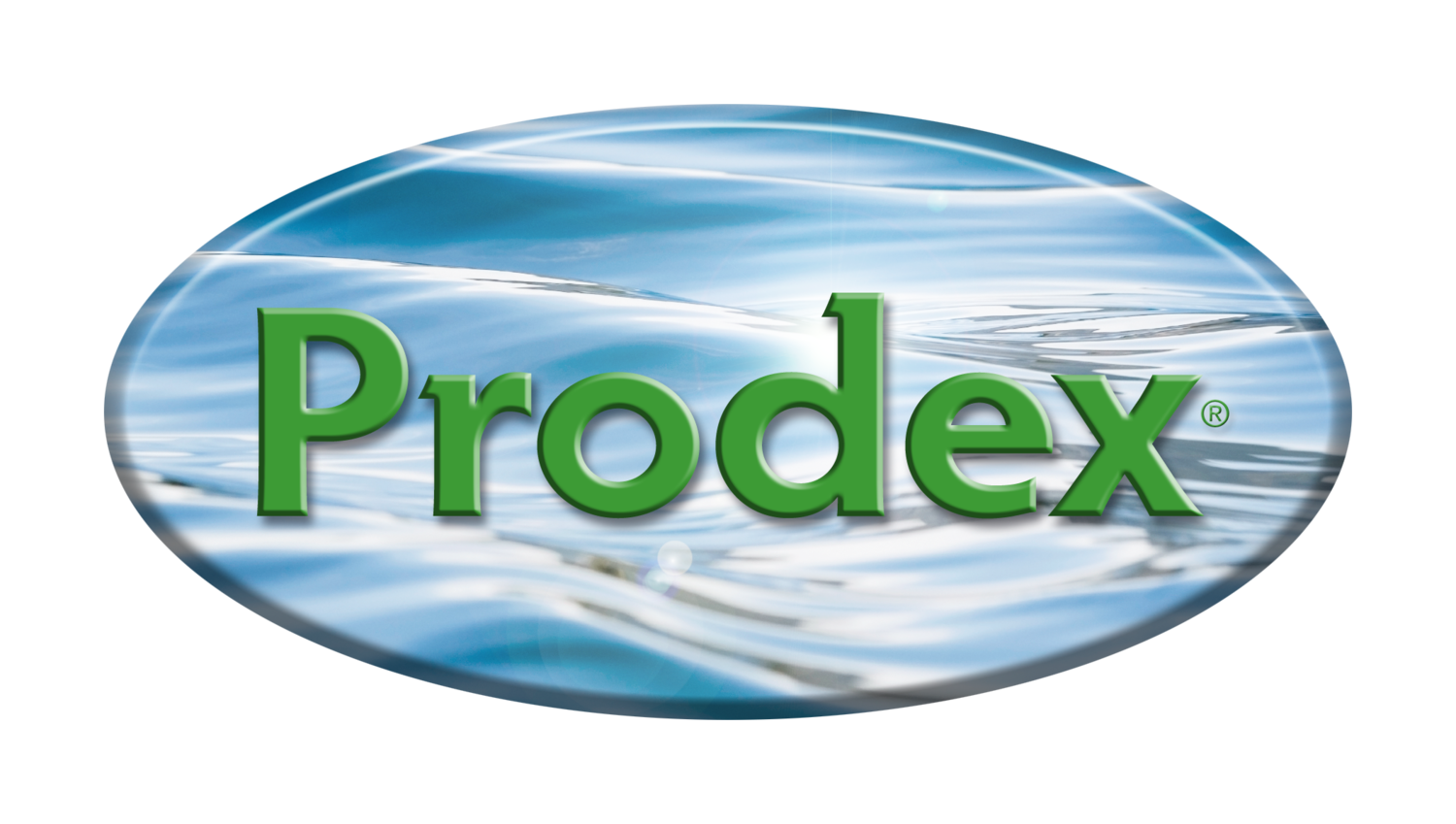Success Stories
All | Anaerobic Digestion/Biogas | WWT Operational Efficiency
IMPROVED SOLIDS HANDLING TREATMENT USING BAE™
A 60 MGB plant wanted to improve their costing structure in the solids treatment section due to the increasing costs of chemical treatment, landfill tipping fees and disposal costs. It was anticipated that adding BAE™ to the treated solids coming from the digesters would improve the solids handling treatment by lowering these costs and producing: higher cake solids, a cleaner return stream, and lower final disposal costs.
BAE™ was introduced at the plant’s Gravity Belt Thickeners and resulted in:
Annual savings of $353K on re-treatment costs due to return stream clean up
Cake solids increased & less polymer used to dewater
A reduction of 2.28 tons per day of sludge cake disposal= reduced tipping fees
ACTIVATED SLUDGE TREATMENT USING BAE™ FOR NITROGEN REMOVAL
A 27 MGD plant treating Waste Activated Sludge & Primary Sludge was experiencing high amounts of Nitrogen in the plant effluent. The facility provides service to 15 municipalities with approximately 207,000 residents, covering a total service area of 150 square miles. The plant treats leachate from the local landfill as well as septage and food waste that is hauled to the facility.
The state ordered the plant to do expensive testing (Bio Assay) to monitor and remedy the problem. Prodex® was contacted to help assist in the matter (BAE™ was used earlier when their Aeration Basins were affected with high biological loadings from larger than normal amounts of leachate that had been delivered to the plant, resulting in a quick resolution and a net annual savings of over $360K).
Prodex® worked on optimizing the dosage to accommodate the fluctuating loadings and was able to come up with a standard dosage that brought effluent numbers down from 39 mg/L to 4 mg/L after only 1 year (a 90% reduction).
MAINTENANCE/ EMERGENCY DOSAGE USING BAE™
A well operated and maintained 12 MGD plant stores BAE™ to use when they experience dramatic changes in the plant influent. The facility treats both industrial and residential flows using anaerobic digesters. The loadings that affected the solids in the Aeration Basins would also affect the solids handling section of the facility.
The plant experienced changes in the influent loadings due to a high amount of organic acids and sulfides which can be toxic to the aeration basins. This can lead to a significant amount of the sludge inventory in the foam, compromising process control. Nitrification and denitrification often occur together within the floc, with no findings of free nitrate when examined. This caused the plant’s gray water that is sold to the neighboring electric utility to be affected.
To counter this problem the plant applied BAE™ at a rate of 10 gallons a day during this challenging time period. After feeding the BAE™ in May, the plant had extended periods of superior plant performance.
The use of BAE™ in the aeration basins:
Created a strong microbiology for quick response & recovery
Provided stabilization for smooth plant operation
Cleaned up gray water & enabled facility to meet contractual obligations
